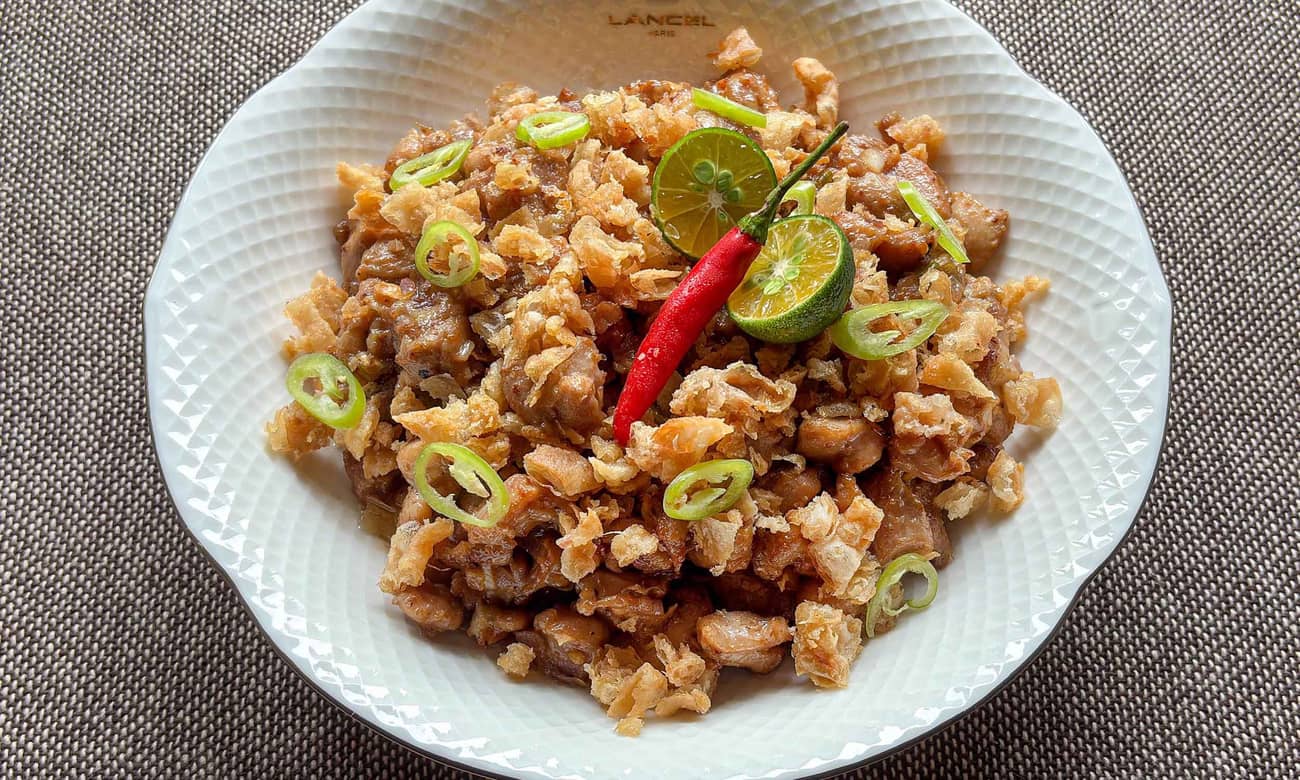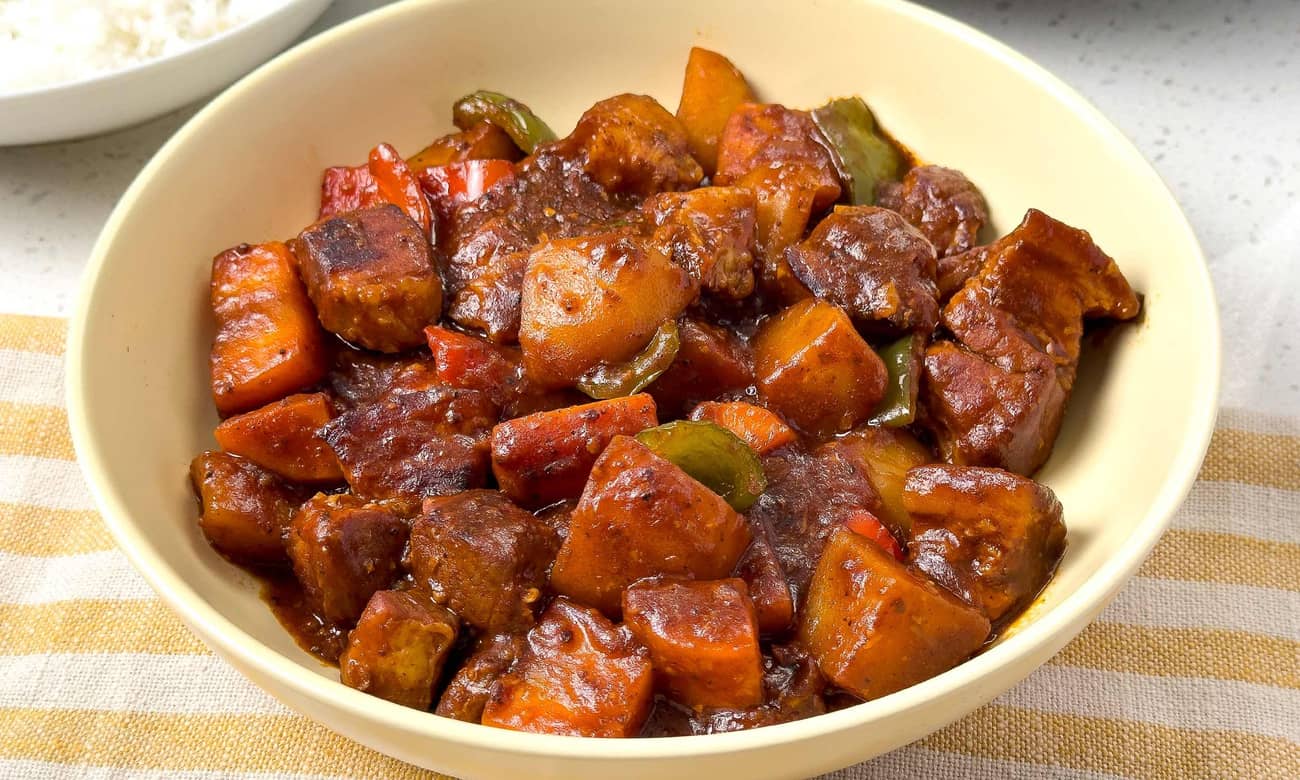
Sinuglaw is a combination of two preparation methods that are popular in Visayas and Mindanao: Sinugba, which can refer to any food grilled over charcoal; and kinilaw, which means to soak in citric acid or vinegar. Sinuglaw pairs fatty, char-grilled pork belly with a spicy and zingy Filipino ceviche, sometimes with one served alongside the other, but often mixed together to make one cohesive dish.
To anyone who’s never had it, the combination may sound a little strange. But rich, meaty pork has always worked well with bright and spicy flavors—think of samgyupsal and kimchi, or pork tenderloin with chimichurri. Make sinuglaw at your next poolside barbecue to wow your guests with something savory and fresh!
We paired pork belly with a toyomansi marinade for a classic inihaw na liempo (sinugba). Calamansi helps make the pork more tender and juicy, but make sure not to marinate it for too long! Letting it sit in the marinade for more than an hour will make it too tender, and could result in an unpleasant pickle-y flavor.
Grilling over charcoal will give you a smoky char that goes perfectly with the bright and zingy kinilaw. If you don’t have a grill lying around, or if you just don’t want to go through the trouble, sear the pork belly on a very hot pan to get a similar effect.
The main difference between ceviche and kinilaw is the acid used to marinate the fish. Ceviche typically uses the juice of citrus fruits like lemon or lime, while kinilaw uses a combination of vinegar and calamansi. Kinilaw also features ginger and coconut milk, giving it a punchy flavor and a touch of creaminess.
This Filipino barbecued pork paired with a bright, zingy ceviche tastes so fresh you’ll feel like you’re hearing ocean waves right by the beach.
Our recipe uses tanigue (Spanish mackerel), but any firm, fleshy fish will work. Tambakol (yellowfin tuna), tulingan (mackerel tuna), and lapu-lapu are great substitutes. You can also add cubed ripe mangoes to give the dish a little sweetness, or green mango to add an interesting crunch.
Prep pork belly: In a wide dish or bowl, combine soy sauce, calamansi juice, and garlic cloves. Pour over pork belly and marinate for 1 hour.
Grill: After marinating, pat the pork belly dry with paper towels. Then, grill your pork over charcoal, or sear in a hot pan over high heat. Grill each side for about 4-5 minutes until you see char marks. Cook time will depend on the thickness of your pork belly.
Prep fish: Start by “washing” the tanigue in 3 tbsp white vinegar. Pour over the fish and toss to coat. Then, discard the liquid. This process removes unwanted fishiness.
Make kinilaw: Combine remaining 3 tbsp white vinegar and calamansi juice in a wide bowl. Add the red onions, ginger, green and red chili, and tanigue. Toss to coat, then season with salt. Add cilantro, then spoon over the coconut milk. Mix until well combined. Allow it to sit for 5–10 minutes, until tanigue cubes turn white and opaque, but do not let it marinate for too long. Letting it sit in the vinegar and calamansi for longer than 20 minutes will “overcook” the fish, and you’ll lose the smooth and bouncy raw fish texture!
Assemble: Chop pork belly and combine with the kinilaw, or place the pork belly on top. Serve immediately.

